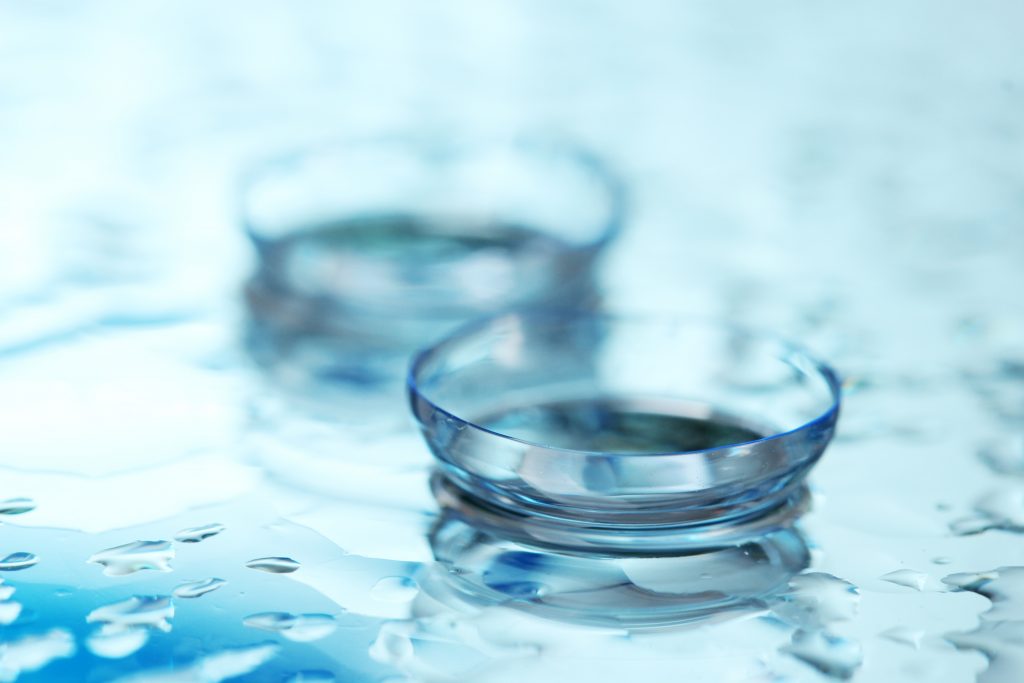Summer 2018 will go down as the summer we said goodbye to unnecessary plastic waste. Starbucks committed to eliminating plastic straws in all locations by 2020, IKEA banned all single-use plastics from its stores, and entire cities (like Seattle) banned the use of plastic bags and straws. And now we have one more thing to add to our consciousness-raising list: People are starting to understand the impact of contact lenses.
According to new research out of the American Chemical Society, 20 percent of people who wear contact lenses dispose of them by flushing them down the toilet or sink. But as medical devices, contact lenses are specifically designed to withstand harsh environments, and therefore they don’t biodegrade easily. Flushing contact lenses is particularly concerning because their size and flexibility allow them to slip through filters meant to keep nonbiological waste out of wastewater treatment plants.
The study found that the chemical and mechanical processing at these treatment facilities were unable to fully break down contact lenses, leaving them as part of the final matrix of treated water. Post-treatment, wastewater is typically spread on fields, where contact lenses can make their way into surface water and cause environmental damage. Eek.
It may seem like a small thing, but with over 45 million contact wearers in the United States, all that plastic adds up. We are talking about 22 metric tons of contact lenses being improperly disposed of every year here, unnecessarily adding to the hundreds of thousands of tons of microplastics floating in our oceans and wreaking havoc on our environment.

